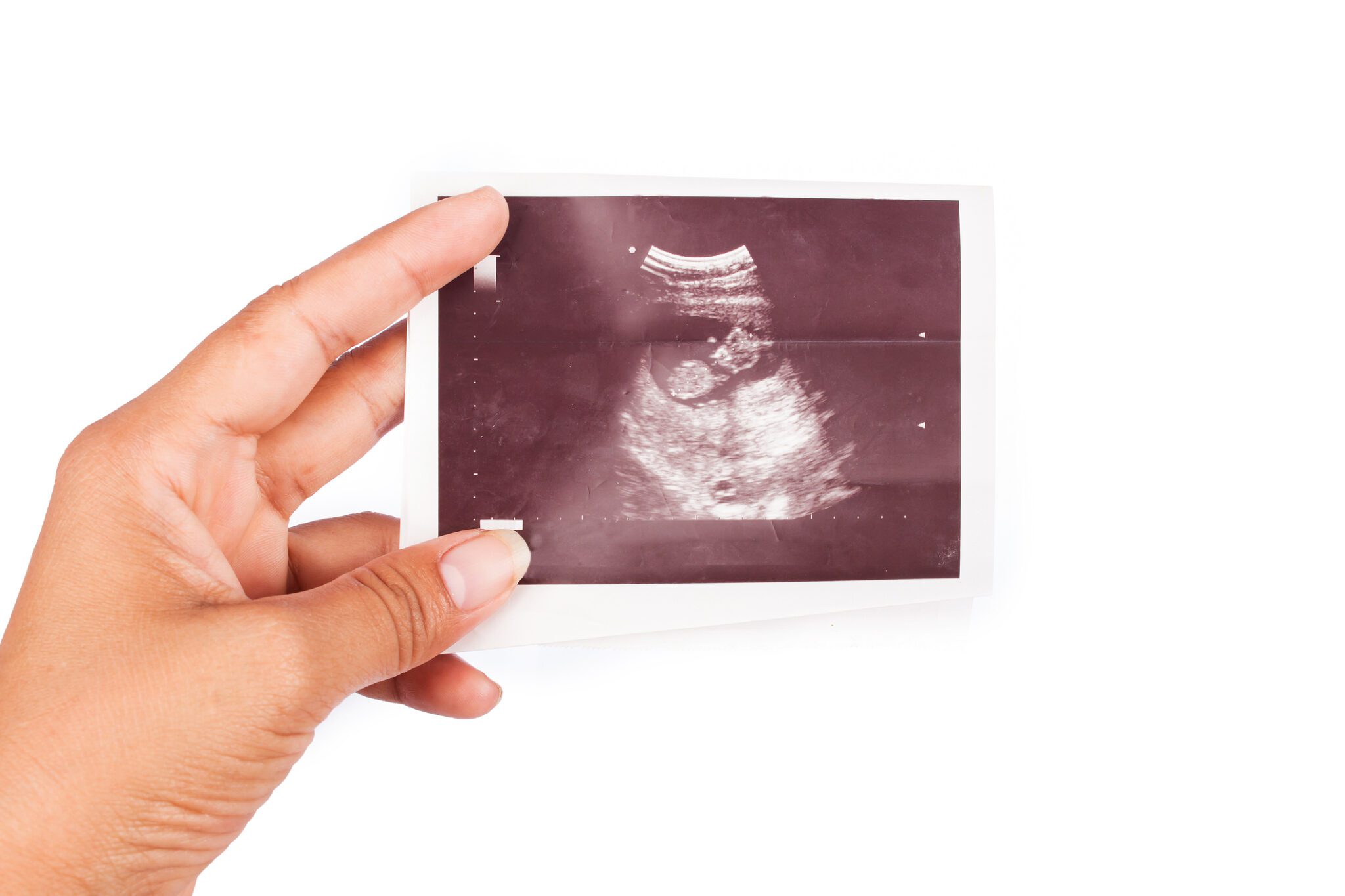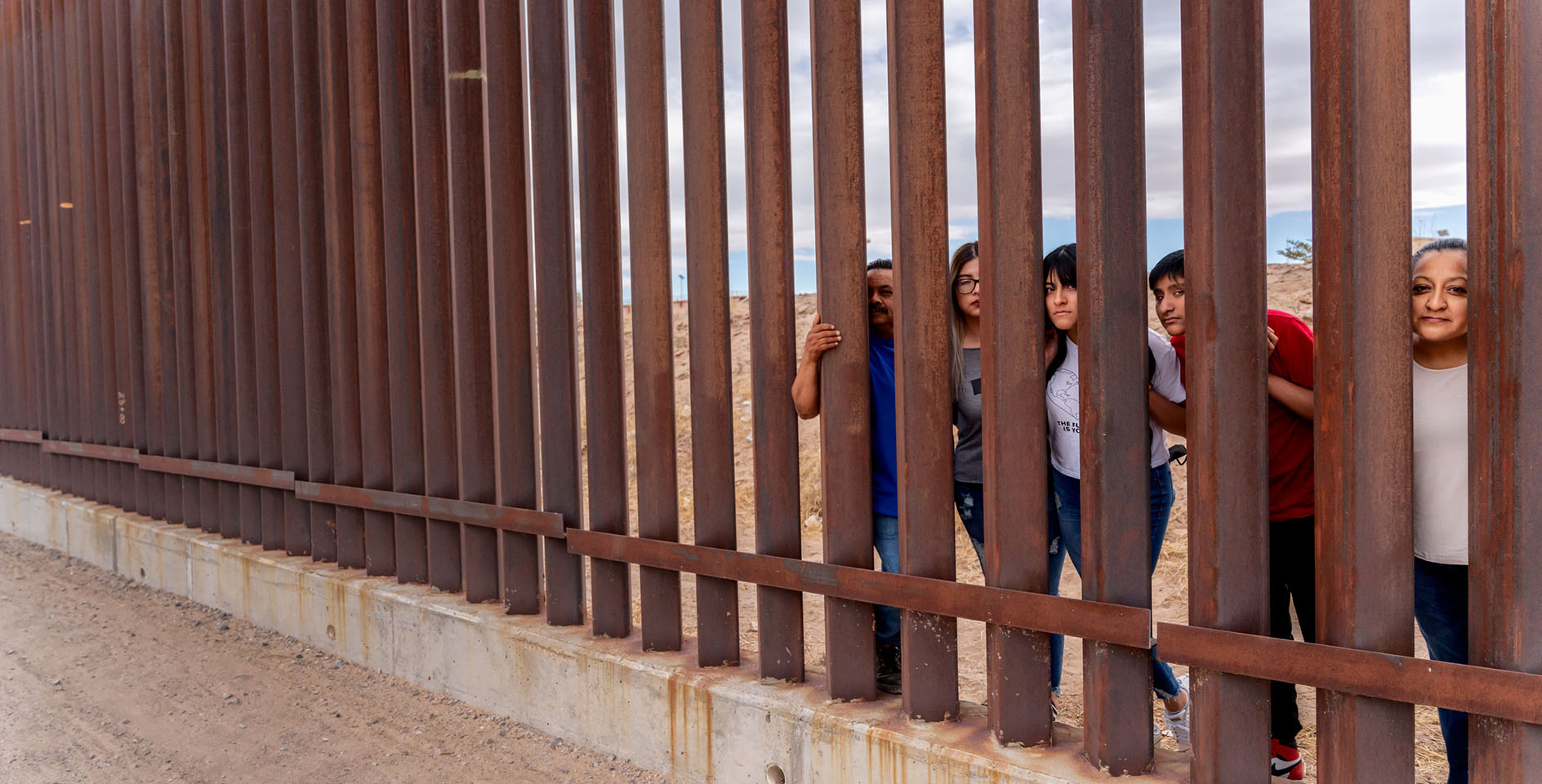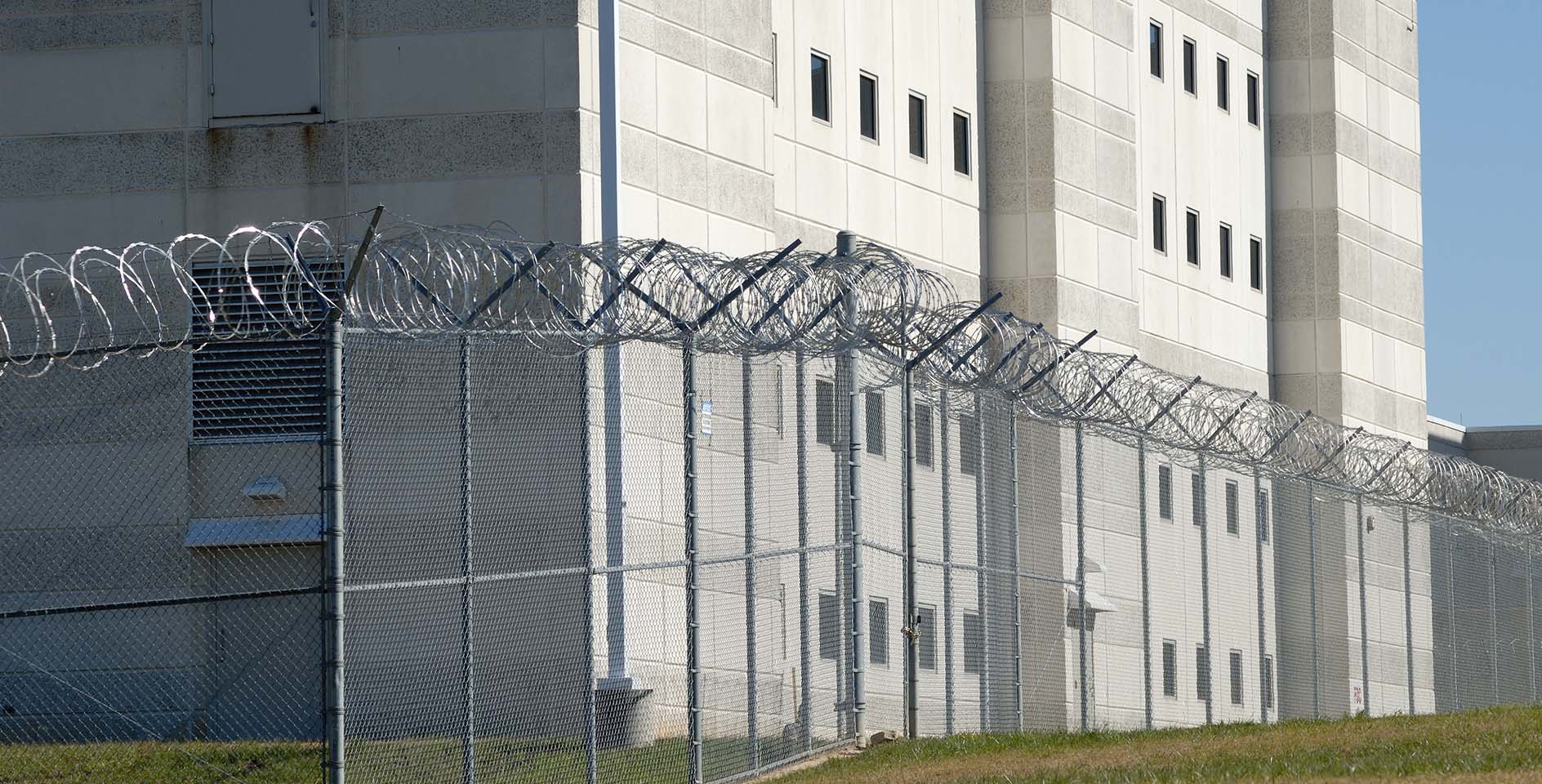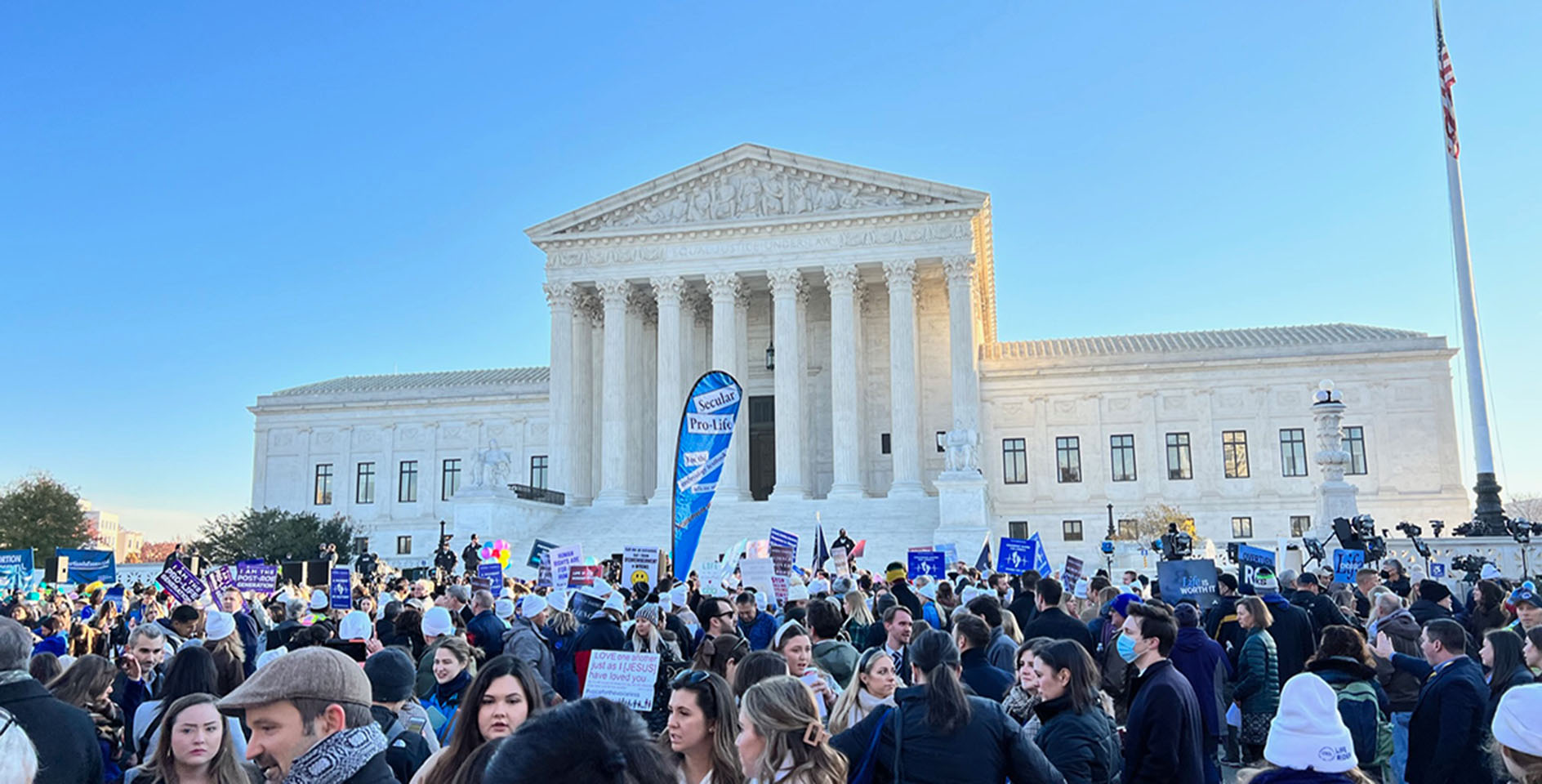On March 31, President Biden declared April to be Second Chance Month. In his proclamation, Biden said that Second Chance Month is a time for us to “reaffirm the importance of helping people who were formerly incarcerated reenter society. America is a Nation of second chances, and it is critical that our criminal and juvenile justice systems provide meaningful opportunities for rehabilitation and redemption.”
Approximately 1 in 3 Americans have a criminal record that creates barriers for their access to education, housing, jobs, and other resources that are essential to successfully reintegrating into society, causing nearly 75% of formerly incarcerated individuals to still be unemployed a year after their release. Second Chance Month is an important opportunity for our nation, communities, and churches to become aware of these roughly 44,000 documented barriers to reentry and commit to helping our formerly incarcerated neighbors pursue full lives as contributing members of our society.
A history of Second Chance Month
Second Chance Month was first observed by Prison Fellowship in 2017 to “raise awareness of the barriers faced by returning citizens and to unlock second chances for these men and women who dream of a better tomorrow.” Later in April 2017, the United States Senate unanimously passed a resolution for the first time declaring April 2017 as Second Chance Month.
In 2018, President Trump issued the first presidential proclamation recognizing April as Second Chance Month. Since then, a presidential proclamation has been issued each year by both the Trump and Biden administrations. Additionally, the U.S. House and Senate have continued to introduce resolutions marking the month, and many states have issued their own proclamations each year.
A history of presidential proclamations
There is some debate as to what was the first presidential proclamation. Many believe that the first came from George Washington in June of 1789 when he asked for an accounting from each cabinet head of the activities of their departments. The second came in October of that year designating for “the People of the United States a day of public thanksgiving and prayer to be observed by acknowledging with grateful hearts the many signal favors of Almighty God especially by affording them an opportunity peaceably to establish a form of government for their safety and happiness” to be held at the end of November. Others argue that the first proclamation came in 1793 when Washington declared the United States neutral in the war between England and France. Perhaps, the most well-known use of a proclamation came from Abraham Lincoln in 1863 when he issued the Emancipation Proclamation.
The legal basis for executive orders and proclamations has been debated since the beginning of our nation due to the ambiguity around executive authority given to the president in the Constitution. Generally, presidents have used Article II which states that “the executive power shall be vested in a President of the United States” and that “he shall take care that the laws be faithfully executed.” There are not clear distinctions on what constitutes an executive order versus a proclamation. The Library of Congress notes that generally executive orders are directed toward government officials and agencies and more often have the actual force of law, if the topic is “founded on the authority of the President derided from the Constitution or statute;” whereas, proclamations tend to deal with individuals, are more ceremonial in nature, and typically do not have the force of law.
The Office of the Federal Register (OFR), which compiles and publishes all presidential Proclamations, describes these proclamations as ways for the president to communicate “information on holidays, commemorations, special observances, trade, and policy.” During his term, President Trump issued 570 proclamations, and since taking office in 2021, President Biden has issued 225.
Though presidential proclamations might seem performative or unimportant, they serve as important statements of priorities from the president, explaining to the country what his administration values and why it matters to the American people.
The ERLC applauds this proclamation and is committed to caring for our incarcerated neighbors and advocating for policies that reduce incarceration without jeopardizing public safety. As was stated in the 2013 resolution on America’s Growing Prison Population, we affirm “prison chaplains, local church ministries, seminary educational initiatives, and other ministries that serve in prisons and youth detention centers and operate programs that seek to reintegrate prisoners into their communities, and reduce recidivism through moral and spiritual transformation,” and we are working to “urge churches and other ministries to participate in programs that assist prisoners with reintegration into society, including transitional housing, vocational and drug rehabilitation, and family support, heeding the words of Jesus, ‘I was in prison, and you came to visit me’” (Matt. 25:36).










